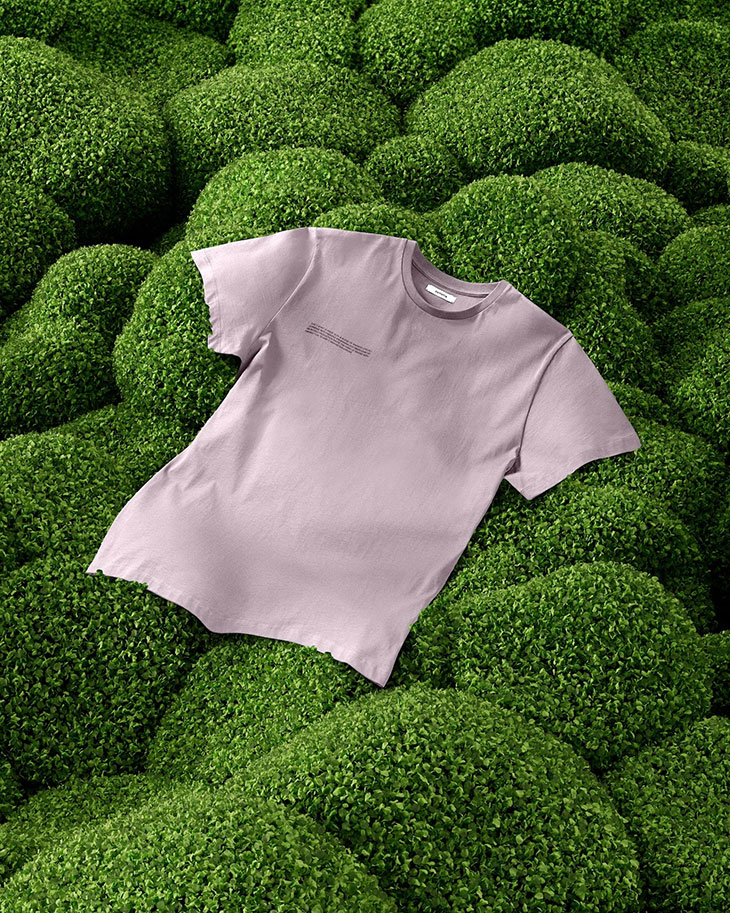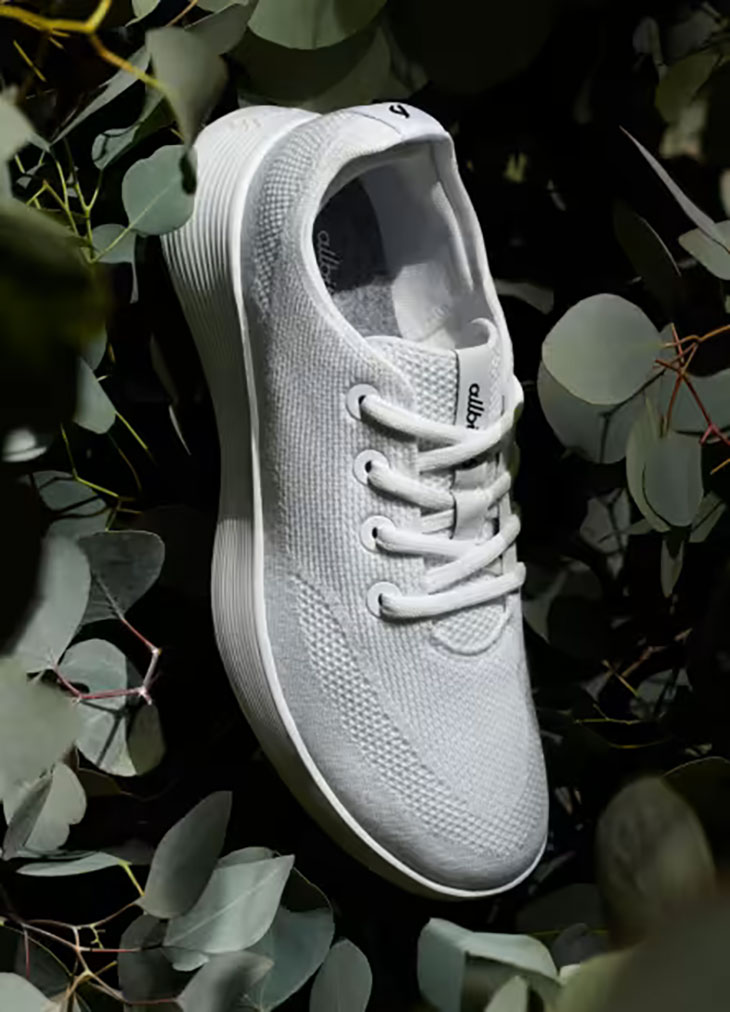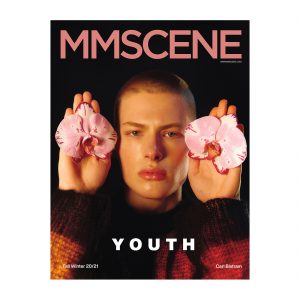
As much as Ecology has become a relevant and widely discussed topic inside of it, the fashion industry is still the largest global polluter, only second to the oil industry. The effect it has on the environment ranges from water consumption, chemical usage, textile waste, to carbon emissions. The costs on our environment that a single clothing piece has on it’s journey from raw fabric to disposal is often invisible to consumers.
Fashion’s Environmental Impact
The consumption and the pollution of water comes as one of the main negative impacts it has on nature. To make one cotton t-shirt, for example, about 2,700 liters of water are needed, which is equivalent to 2.5 years’ worth of drinking for one person. Besides that, the dyeing and finishing processes are a significant factor in water pollution, with the toxic dyes containing lead, mercury, and arsenic, often being flushed in rivers.
Fashion Industry’s carbon footprint is also a very significant. It is estimated that the global fashion industry is responsible for 10% of annual global carbon emissions, more than all international flights and water shipping combined. Synthetic fabrics like polyester take large amounts of energy in order to be created, heightening the level of emissions, along with the transportation of materials and finished products.
The rise of fast fashion has tremendously increased the issue of textile waist. Fast fashion as a term refers to the rapid production of inexpensive clothing, usually with the goal of meeting the latest trends. This business model perpetuates what could be called a “throwaway culture,” leading to an estimated 92 million tons of textile waste being generated annually. Most of this waste ends up in landfills, where synthetic fibers can take hundreds of years to decompose, releasing methane – a potent greenhouse gas – in the process. You can find more on the impact of fast fashion in this article.

Ecological Disaster from Fast Fashion
Fast fashion produces enormous amounts of clothing in order to meet the demands of customers. With that in mind, a significant part of the clothing produced goes unsold and ends up on landfills as well. According to the Environmental Protection Agency (EPA), in 2018, about 17 million tons of textile waste was generated, with a recycling rate of only 14.7% and the rest destroyed or thrown to landfills.
The chemicals used in textile production are another major issue. From pesticides used in cotton farming to dyes and finishing agents, the fashion industry relies heavily on chemicals that can have detrimental effects on the environment. For example, conventional cotton farming accounts for 16% of global insecticide releases – more than any other single crop, with the runoff from it going directly into water and soil.
Synthetic fibers like polyester, nylon, and acrylic are prevalent in the fast fashion industry, due to their low cost of production and durability. However, these materials shed microfibers during washing, which are too small to be filtered out by wastewater treatment plants. These microfibers end up in oceans, where they are ingested by marine life, entering the food chain and potentially affecting human health. It is estimated that around half a million tons of microfibers are released into the ocean each year.

Sustainable Fashion Brands
In response to the environmental challenges that the fashion industry poses, several menswear brands are adopting more sustainable practices. These brands are setting examples by using eco-friendly materials, reducing waste, and promoting fair labor practices while catering specifically to the style and needs of men.
Outerknown, founded by professional surfer Kelly Slater, is committed to sustainability and transparency in menswear. The brand uses organic, recycled, and regenerated materials in their production. Outerknown’s supply chain is designed to ensure fair labor practices and minimize environmental impact. Their men’s collection offers everything from casual tees to tailored outerwear.
Patagonia is one of the pioneers when it comes to sustainable fashion, known for its commitment to environmental responsibility. The brand uses recycled materials, organic cotton, and fair trade certified labor. Patagonia also encourages customers to repair and recycle their clothing through its Worn Wear program. Their men’s line includes high-performance outdoor gear and everyday essentials built to last.
Taylor Stitch specializes in responsibly crafted menswear as well, using materials like organic cotton, recycled polyester, and ethically sourced wool. Taylor Stitch’s “Workshop” model allows customers to preorder new designs, reducing waste by producing only what is needed. Their collections feature versatile staples like button-down shirts, denim, and outerwear.

Allbirds, originally known for its sustainable footwear, has expanded into menswear with the same eco-friendly mindset. The brand uses natural materials such as merino wool, eucalyptus tree fiber, and sugarcane to create clothing. Allbirds is dedicated to reducing its carbon footprint and practices transparency by sharing the environmental impact of its products. Their men’s line includes versatile basics like t-shirts, sweatshirts, and underwear.
PANGAIA is a materials science company that creates sustainable and innovative clothing. The brand uses bio-based, recycled, and renewable materials. PANGAIA’s collections feature minimalist designs and vibrant colors, offering everything from casual wear to activewear. The brand is also committed to transparency and regularly publishes its sustainability progress and goals.
Nudie Jeans focuses on sustainable denim for men, using 100% organic cotton and promoting fair labor practices. The brand offers free repairs for life on all their jeans, encouraging customers to keep their garments for longer and reduce waste. Nudie Jeans also recycles worn-out jeans into new products, in a variety of denim styles, from classic fits to contemporary cuts.

Best Practices to Become More Green with Clothes
Besides the companies, consumers play a crucial role in reducing the impact of fashion on the environment. By shifting towards more sustainable practices and fashion, each person can contribute.
One of the most effective ways to reduce the environmental impact of your wardrobe is to buy less and choose well. By choosing high-quality products that are made by sustainable brands that you will wear over the years, your are not only reducing waste and pollution, but supporting the brands that focus on doing the same.
Buying second-hand or vintage clothing is a sustainable choice that reduces demand for new production. Thrift stores, online resale platforms, and vintage shops offer affordable clothing that is usually very unique.
When purchasing new clothing, opt for sustainable materials such as organic cotton, hemp, bamboo, and recycled fibers. These materials have a lower environmental footprint compared to conventional options. Additionally, look for certifications like GOTS (Global Organic Textile Standard) and OEKO-TEX, which ensure that the materials meet high environmental and social standards.
When you no longer need an item, consider recycling or donating it. Many brands and organizations offer recycling programs for old clothing. Donations to thrift stores or charitable organizations ensure that your unwanted items find a new home instead of ending up in landfills.
The fashion industry’s environmental impact is significant, but there are ways to mitigate it. By understanding the ecological disasters caused by fast fashion and supporting sustainable brands, consumers can make a difference. Adopting best practices such as buying less, choosing sustainable materials, and properly caring for clothing can help create a more sustainable fashion future. Together, we can work towards a fashion industry that respects both people and the planet.









Super